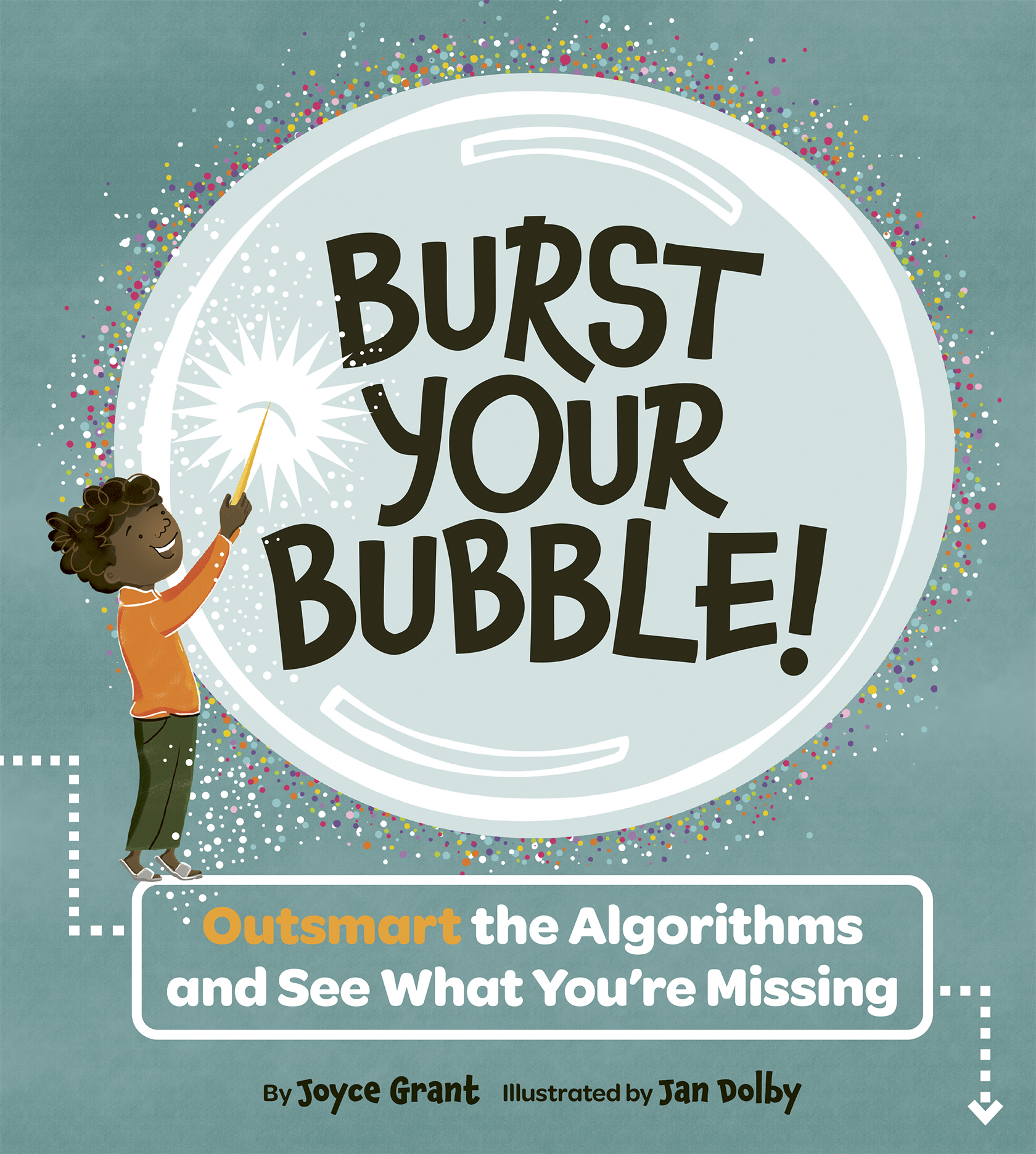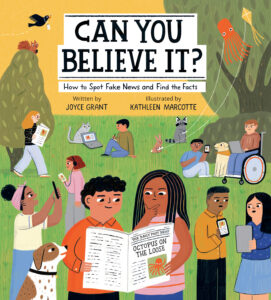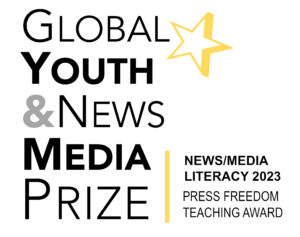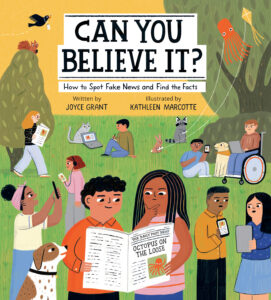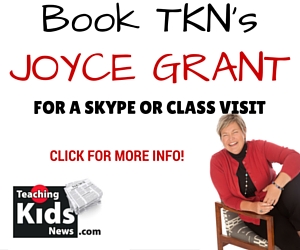
A high school student from Calgary has won the Sanofi BioGENEius Challenge Canada competition for his research into an experimental cancer therapy.
Arjun Nair, 16, is a grade 11 student at Webber Academy. His winning experiment involved photothermal therapy (PTT), which is used to treat cancer.
With PTT, a patient is injected with gold nanoparticles. A nanoparticle is a microscopic particle of a substance, less than one-millionth the size of a grain of sand.
The gold nanoparticles collect in the patient’s cancerous tumours. When the tumours are bathed with laser light, the nanoparticles heat up and kill the cancer cells.
However, the treatment is only partly successful because cancer cells produce a type of protein that protects them from the heat. Arjun’s research shows it may be possible to stop cancer cells from producing this protein by using an antibiotic called 17-AAG.
Arjun worked on his experiment for two years, with help from scientists at the University of Calgary.
The Sanofi BioGENEius Challenge is an annual competition open to high school students across Canada. More than 200 students took part in nine regional competitions this year.
The competitors all worked on their projects for several months, and were assisted by professional scientists.
Eleven regional winners were selected, and the overall winner was announced at the National Research Council headquarters in Ottawa on April 9.
Arjun won the $5,000 top prize in the competition, as well as a special $1,000 prize for the project with the greatest commercial potential.
He said he has been entering science competitions since he was in grade 5. He hopes to study science in university and possibly become a medical researcher.
Other experiments in this year’s competition included studying why some HIV patients don’t have symptoms of the disease; using stem cells to fight diabetes; combatting diseases that affect wheat crops; and using fish oil to improve the performance of biofuels.
Related link
Here you’ll find a full description of the winning experiment.
CURRICULUM CONNECTIONS
By Jonathan Tilly
Writing/Discussion Prompt
Have you ever participated in a science fair? If so, did you enjoy it? If you haven’t participated in one, would you like to? Why are science fairs a good or bad idea? To support your answer make a list of “Science Fair Pros and Cons.”
Reading Prompt: Reading Unfamiliar Words
Today’s article contains several words that you are likely unfamiliar with. Science terms tend to be words we don’t use everyday, so don’t feel too badly. But when you read the words, how did you figure out what they were? In all likelihood, you used a graphophonic strategy. A graphophonic strategy means that you looked for little words inside big words, or suffixes that you already know. For example, you used a graphophonic skill if you were able to read the word “photothermal” by detecting two words you already know, “photo” + “thermal,” and the word “nanoparticles” by spotting “nano” + particles.”
What other words do you know that contain smaller words inside them?
Junior & Intermediate
predict the meaning of and rapidly solve unfamiliar words using different types of cues, including: graphophonic (phonological and graphic) cues (e.g., familiar words within larger words, syllables within longer words, similarities between words with known spelling patterns and unknown words, visual cues that indicate irregular plurals) (OME, Reading: 3.2).
Grammar Feature: Possessive
In order to make a word possessive, i.e. show ownership, an apostrophe and an “s” are added to the end of the word. However, when writers aren’t careful in their editing and forget to include an apostrophe they are in big trouble. Instead of making a word possessive, they’ve made it plural! Today’s artile end’s as follows,
Other experiments in this year’s competition included studying why some HIV patients don’t have symptoms of the disease; using stem cells to fight diabetes…
The word “year” has successfully been made possessive by the addition of an apostrophe and the letter “s.” In fact, the sentence wouldn’t have made sense had the author not included an apstrophe. Without an apostrophe, “years” simply means many years.
Add an apostrophe in the examples below in order to make the appropriate words possessive.
1. Sallys dogs have the rooms attention.
2. Horatio and Talias mom told them to go out and buy new running shoes.
3. Neptunes moons are bigger than Plutos.
4. The Cheerios were spilled on the teachers chair.
5. My big brothers friend has the best baseball cards ever!

